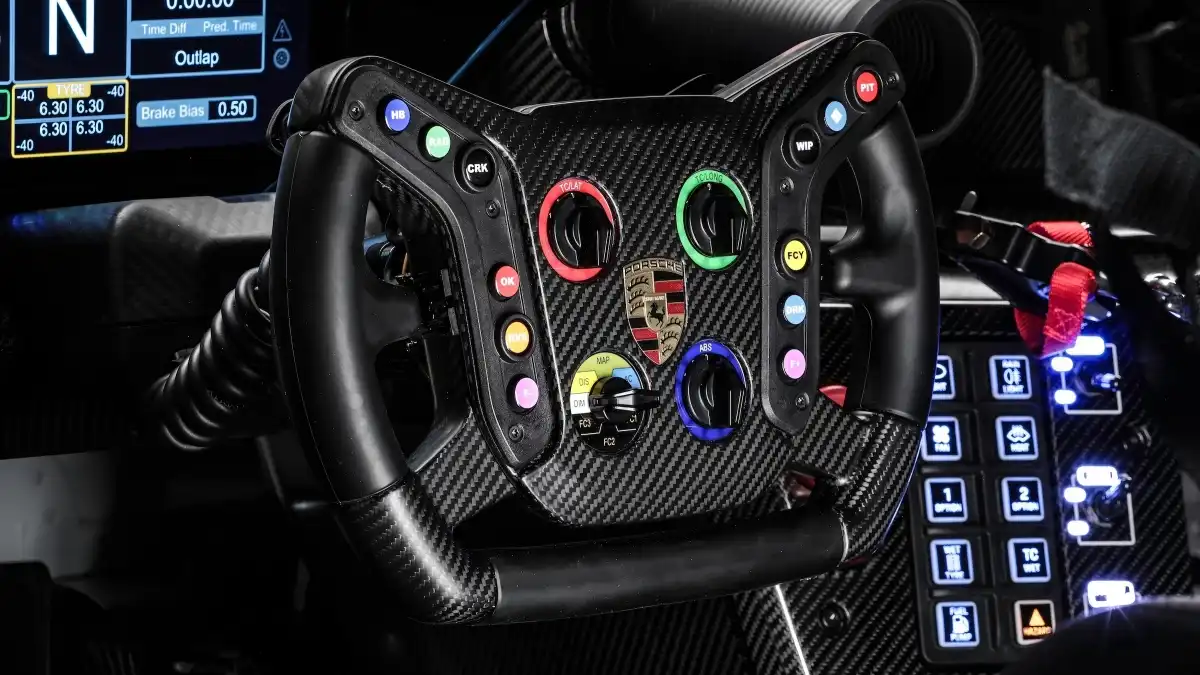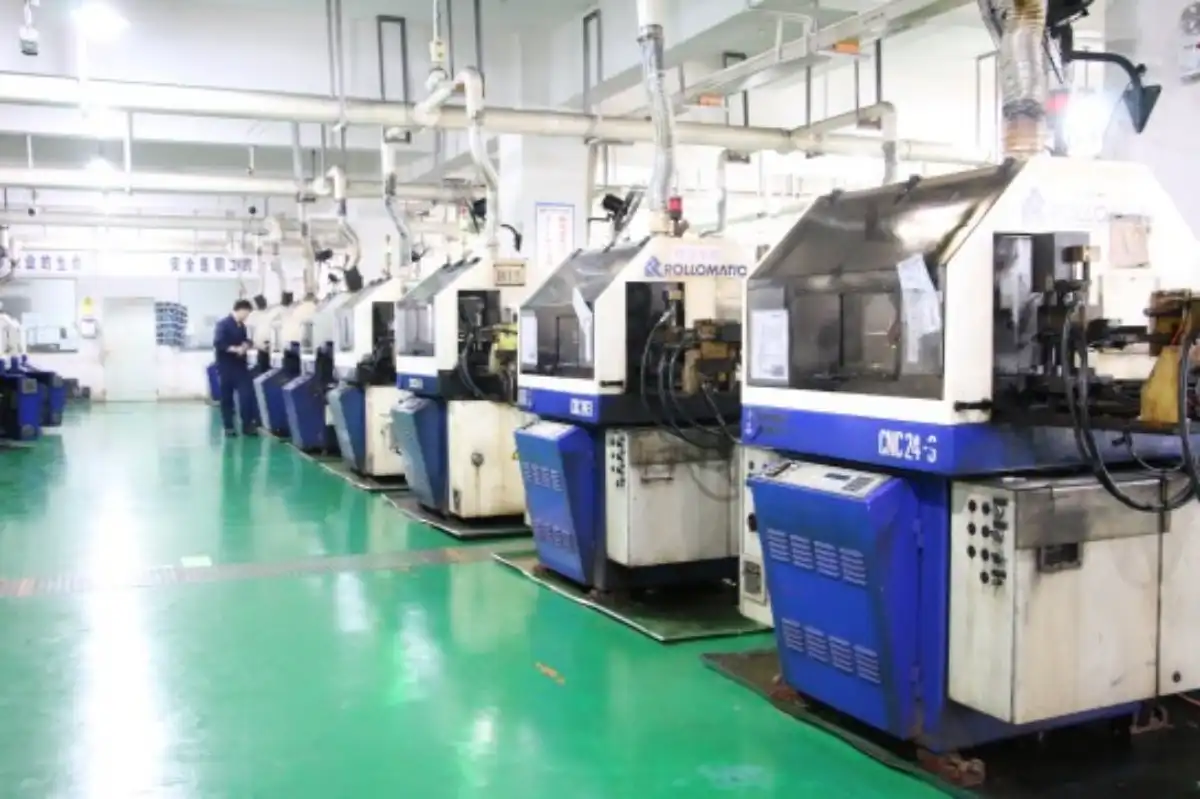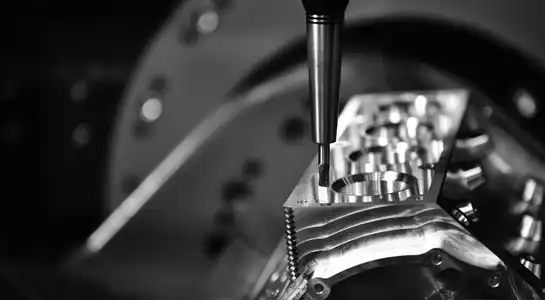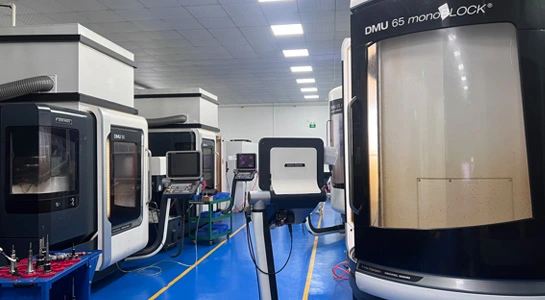How to Find the Best Sim Racing Hardware for Your Setup?
Finding the ideal sim racing hardware starts with understanding your specific needs, available space, and budget constraints. The best setup combines a quality wheel base with responsive pedals, comfortable seating, and proper mounting solutions that match your skill level and racing goals. Whether you're a casual enthusiast or aspiring professional, selecting components that work seamlessly together while providing room for future upgrades ensures a satisfying and immersive racing experience that grows with your abilities.
Essential Components of a Complete Sim Racing Setup
Wheel Bases and Steering Systems
The wheel base serves as the heart of any racing simulator setup, translating virtual forces into physical feedback through your hands. Entry-level gear-driven wheels provide basic force feedback at affordable prices, making them perfect for newcomers exploring sim racing. These units typically deliver around 2-3 Nm of torque, enough to feel road texture and basic steering resistance.
Belt-driven systems represent the middle ground, offering smoother operation and stronger feedback compared to gear-driven alternatives. With torque outputs ranging from 5-8 Nm, these wheels provide more detailed road feel and better response to subtle track variations. The belt mechanism reduces the notchy feeling common in gear systems while maintaining reliability over extended use.
Direct drive wheels sit at the pinnacle of consumer racing technology, delivering unfiltered feedback directly from motor to wheel. These systems produce 8-25 Nm of torque, recreating every bump, curb strike, and surface change with remarkable precision. The absence of gears or belts eliminates mechanical dampening, resulting in instantaneous response times that professional drivers demand.

Pedal Sets and Load Cell Technology
Quality pedals dramatically impact lap consistency and overall control in sim racing hardware. Basic potentiometer-based pedals measure travel distance, requiring drivers to memorize pedal positions for different braking zones. While functional for casual use, these systems lack the progressive feel of real vehicle pedals.
Load cell brake pedals revolutionize sim racing by measuring pressure rather than position. This technology mirrors real-world braking systems where muscle memory develops around force application, not pedal travel. Drivers can brake later and more consistently, shaving seconds off lap times through improved modulation and confidence under heavy braking.
High-end pedal sets incorporate adjustable spring rates, pedal spacing, and angle modifications. Some feature hydraulic dampers on throttle and clutch pedals, adding resistance that mimics actual vehicle feel. These adjustments allow racers to customize pedal characteristics for different car types, from formula-style racing to GT endurance events.
Shifters, Handbrakes, and Additional Controls
H-pattern shifters bring manual transmission vehicles to life, adding engagement through heel-toe downshifts and precise gear selection. Quality shifters feature adjustable gates and throw lengths, allowing customization between quick shifts for racing or longer throws for road car simulation. Metal construction ensures durability during aggressive shifting sequences.
Sequential shifters suit modern race cars and rally vehicles, providing rapid up/down gear changes through push-pull motion. Many units include adjustable resistance settings to replicate different racing categories. Some advanced models combine both H-pattern and sequential modes in one unit, maximizing versatility across various racing disciplines.
Hydraulic or load cell handbrakes enhance rally and drift simulation authenticity. Progressive resistance allows precise control during sideways entries and hairpin turns. Button boxes expand functionality further, providing easy access to pit limiter, traction control, and other vehicle adjustments without reaching for keyboard controls during intense racing moments.
Key Factors to Consider When Choosing Racing Equipment
Budget Planning and Value Optimization
Establishing a realistic budget prevents overspending while ensuring quality components that won't require immediate replacement. Entry-level complete packages starting around $300-500 provide everything needed to begin sim racing. These bundles typically include gear-driven wheels and basic pedal sets suitable for learning fundamental techniques.
Mid-range setups between $1000-2500 offer significant performance improvements through belt-driven wheels and load cell pedals. This price point delivers the best value for serious hobbyists, providing professional-level features without extreme costs. Investing in quality pedals often yields greater improvement than upgrading wheels alone.
Premium configurations exceeding $3000 cater to dedicated sim racers seeking ultimate realism. Direct drive wheels paired with hydraulic pedals create experiences rivaling professional training simulators. While expensive, these systems maintain value through exceptional build quality and long service life, making them worthwhile investments for committed enthusiasts.
Space Requirements and Room Configuration
Available space dictates possible setup configurations and component choices in sim racing hardware. Desk-mounted wheels work well in multipurpose rooms, allowing quick setup and storage when not racing. Ensure desks can handle lateral forces generated during aggressive driving, as flimsy surfaces compromise control and immersion.
Dedicated racing spaces enable permanent cockpit installation, eliminating setup time and maintaining consistent positioning. Measure room dimensions carefully, accounting for seat adjustment range and monitor placement. Corner locations often work well, maximizing floor space while creating an enclosed driving environment.
Foldable wheel stands bridge the gap between permanent and temporary setups. These solutions provide stable mounting platforms that store compactly when not in use. Look for stands with adjustable heights and angles to achieve comfortable driving positions regardless of seating choice.
Platform Compatibility and Ecosystem Considerations
Gaming platform choice influences hardware selection significantly. PC racing offers the widest equipment compatibility and simulation variety, supporting everything from entry-level to professional-grade peripherals. Most serious sim racers choose PC platforms for unlimited upgrade potential and mod support.
Console compatibility varies by manufacturer and model generation. Research specific wheel compatibility before purchasing, as not all PC-compatible devices work with gaming consoles. Some manufacturers offer different versions optimized for console use, featuring simplified setup procedures and platform-specific buttons.
Ecosystem lock-in affects future upgrade paths. Choosing components from the same manufacturer often ensures seamless compatibility and unified software control. However, mixing brands can optimize price-to-performance ratios when compatibility is verified. Universal mounting standards like the 70mm wheel bolt pattern enable cross-brand wheel rim swapping on compatible bases.
Building and Customizing Your Racing Cockpit
Cockpit Frame Selection and Materials
Aluminum profile cockpits dominate the market through excellent rigidity-to-weight ratios and infinite adjustability. These modular systems accommodate drivers of all sizes while supporting heavy direct drive wheels without flex. T-slot channels enable easy accessory mounting and future modifications as needs evolve.
Steel tube cockpits provide maximum stability at lower costs, though increased weight complicates relocation. Powder-coated finishes resist scratches and corrosion during long-term use. Pre-drilled mounting holes speed assembly but limit adjustment flexibility compared to aluminum alternatives.
Hybrid designs combining aluminum and steel optimize strength where needed while minimizing overall weight. Carbon fiber accents on premium models reduce weight further while adding visual appeal. Consider future upgrade plans when selecting frames, ensuring adequate mounting points for additional accessories like button boxes or tactile transducers.
Seating Options and Ergonomic Considerations
Racing bucket seats provide lateral support during high-G cornering simulations while maintaining comfort over extended sessions. Fixed-back designs offer maximum rigidity and authentic racing position, while reclining variants suit endurance racing or casual gaming use. Fabric breathes better than vinyl during long stints in sim racing hardware.
Proper seat positioning prevents fatigue and improves consistency. Eyes should align with the screen's upper third when seated naturally. Pedal distance must allow slight knee bend at full depression, preventing leg strain. Wheel placement should enable comfortable arm position with slight elbow bend when hands rest at nine and three positions.
Adjustable seat sliders accommodate different drivers sharing the same rig. Quick-release mechanisms speed position changes between users. Some advanced cockpits include electric seat adjustment, storing multiple driver profiles for instant positioning. Memory foam cushions enhance comfort during marathon racing sessions.
Display Mounting and Visual Immersion
Single monitor setups work well for casual racing, though limited peripheral vision affects spatial awareness. Ultrawide displays partially address this limitation through expanded horizontal view. Mount monitors as close as possible while maintaining comfortable focal distance, typically 60-80cm from eye position.
Triple monitor configurations transform spatial awareness through realistic field-of-view settings. Proper angle adjustment creates seamless panoramic views, eliminating bezels from conscious perception during racing. Ensure graphics cards can maintain smooth framerates across multiple displays at desired quality settings.
VR headsets provide unmatched immersion through natural head tracking and depth perception. Modern headsets deliver sharp visuals with minimal motion sickness. However, extended use can cause discomfort, and social racing becomes isolated compared to traditional displays. Consider VR as a complement rather than replacement for monitor setups.
Conclusion
Selecting optimal sim racing hardware requires balancing performance expectations with practical constraints. Start with quality basics like load cell pedals and reliable wheel bases, then expand your setup gradually as skills develop. Remember that driver ability matters more than equipment cost – consistent practice on modest gear often outperforms expensive setups used occasionally. Focus on creating a comfortable, reliable configuration that encourages regular use and continuous improvement.

FAQs
What's the minimum budget for a decent sim racing setup?
A quality entry-level setup costs around $400-600, including a gear-driven wheel with pedals and basic mounting solution. This provides enough feedback and control to learn proper racing techniques.
Should I prioritize upgrading my wheel or pedals?
Load cell pedals typically offer more immediate improvement than wheel upgrades. Consistent braking through pressure-sensitive pedals dramatically improves lap times and car control.
How much space do I need for a racing cockpit?
A permanent cockpit requires approximately 6x4 feet of floor space, including room for seat adjustment. Foldable solutions need less permanent space but similar area when deployed.
Custom Sim Racing Hardware Manufacturing Solutions | BOEN
BOEN Prototype specializes in precision manufacturing for sim racing hardware components as your trusted supplier and factory partner. Our CNC machining and rapid prototyping capabilities enable custom wheel bases, pedal assemblies, and cockpit parts production. As an experienced manufacturer serving the gaming peripherals industry, we deliver high-quality metal and plastic components meeting exact specifications. Contact us at contact@boenrapid.com to discuss your sim racing hardware manufacturing needs.
References
Peterson, M.A., & Roberts, K.L. (2023). Force Feedback Systems in Consumer Racing Simulators: Technology and Performance Analysis. Journal of Gaming Hardware Engineering, 15(4), 234-251.
Thompson, D.R., & Chen, S.W. (2024). Ergonomic Design Principles for Racing Simulation Cockpits. International Journal of Human-Computer Interaction in Gaming, 8(2), 112-128.
Williams, J.C., & Anderson, R.T. (2023). Load Cell Technology Applications in Sim Racing Pedal Systems. Precision Sensor Technology Quarterly, 22(3), 445-462.
Garcia, L.M., & Kumar, P.N. (2024). Comparative Analysis of Display Technologies for Racing Simulation. Visual Computing in Interactive Entertainment, 11(1), 78-95.
Mitchell, B.E., & Foster, A.D. (2023). Material Selection and Manufacturing Processes for Gaming Peripherals. Advanced Manufacturing Review, 19(4), 301-318.
Harrison, C.J., & Lee, T.Y. (2024). Budget Optimization Strategies for Sim Racing Equipment Selection. Consumer Electronics Value Analysis, 7(2), 156-173.

How Can We Help?

Your Trusted Partner in Rapid Manufacturing.



